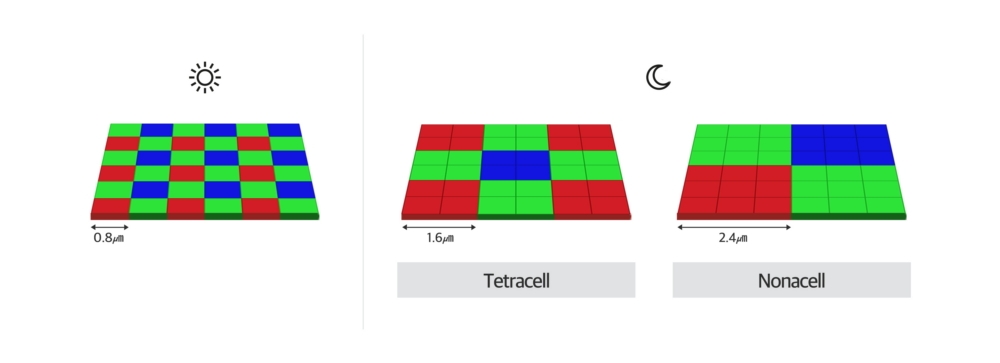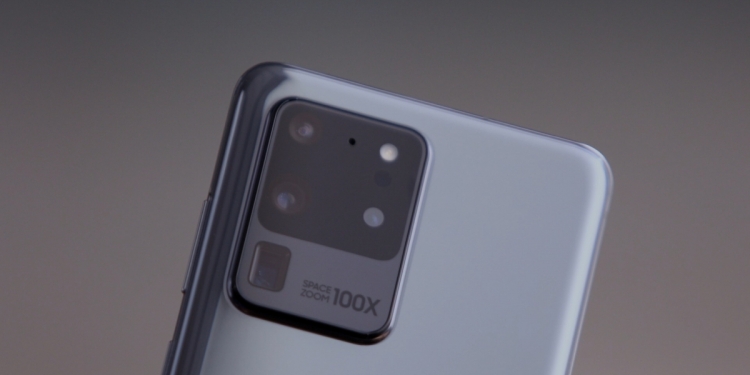The Samsung Galaxy S20 Ultra comes with an epic quad-camera setup that features a high-resolution 108MP main camera and a 48MP telephoto lens that pushes up to 100x zoom. Although the pixel count for the main shooter is similar to the Xiaomi Mi Note 10, the image sensor on the Galaxy S20 Ultra is actually different.
The latest Samsung flagship uses a newer Samsung ISOCELL Bright HM1 image sensor. It can capture 108MP images and 8K videos at 24 fps. The sensor size is 1/1.33″ and it contains 108 million pixels at 0.8-micron.
Meanwhile, the Xiaomi Mi Note 10 is using an ISOCELL Bright HMX sensor which also captures 108MP images but it only supports video recording up to 6K at 30fps. However, on the Xiaomi devices, it could only record videos up to 4K. The sensor size is the same as the newer ISOCELL Bright HM1 unit at 1/1.33″ and each pixel also measures at 0.8-micron.
The key difference is that the S20 Ultra’s sensor comes with a Nonacell pixel-binning technology which allows you to combine 9 nearby pixels for better low light performance. In bright-lit conditions, the sensor can take highly detailed images at 108MP. However, in low light situations, Nonacell will merge nine 0.8-micron pixels into a larger 2.4-micron superpixel.

According to Samsung, this offers more than double the Tetracell light absorption which is offered on the ISOCELL Bright HMX sensor that’s currently used on the Mi Note 10 series. On a Tetracell setup, it will combine four nearby pixels to create a 1.6-micron superpixel. In theory, the Nonacell setup should provide even better night shots.

Apart from pixel-binning, the new sensor utilises other advanced pixel technologies to improve its imaging capabilities. This includes Smart-ISO which intelligently selects the optimal ISO for vivid and brighter photos and there’s also a real-time HDR technology that optimises exposures while maintaining natural-looking videos and photos.
Zooming is also one of the key highlight features on the Galaxy S20 series. The new 108MP HM1 sensor alone allows users to get closer with up to 3x lossless zoom while maintaining image quality. This is made possible by converting pixels with its embedded hardware IP instead of delegating the task to the mobile processor. It added that the 108MP image sensor can produce 3x zoom images at 12MP resolution without upscaling which is essentially sensor cropping.








